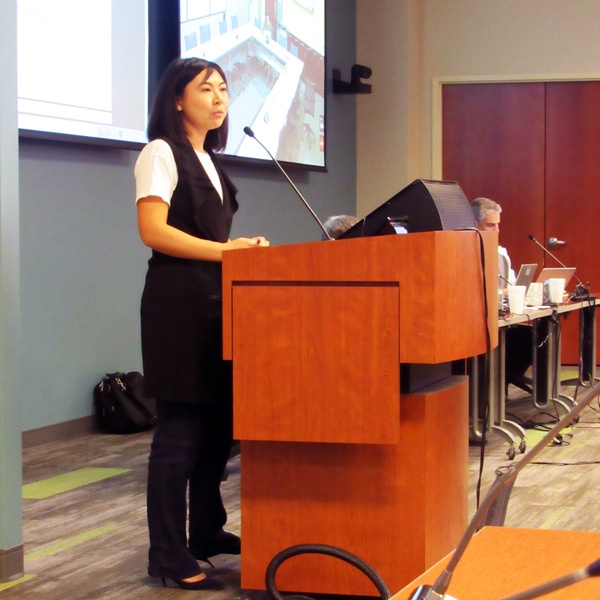By Amanda Durish Cook
CARMEL, Ind. — Reviving his criticism of MISO’s lenient thresholds for uninstructed deviations, the Independent Market Monitor last week presented new data showing the impact of the RTO’s rules.
Market Monitor David Patton told the Oct. 4 Market Subcommittee meeting that slow-ramping units have too much flexibility to deviate from their dispatch instructions — so much so that generators can essentially ignore dispatch signals and not be penalized under MISO’s rules. Currently, generators are flagged if they deviate more than 8% from dispatch instructions for four consecutive intervals.
Under the current rules, generators drag by an average of 65 MW five minutes after receiving their dispatch instructions, and the drag worsens to an average of 314 MW when extrapolated to an hour, Patton said.
Generators are “basically being held harmless for poor performance,” Patton said. “We should not be paying you for refusing to turn on a mill.”
Patton has proposed moving to a system based on ramp rate, setting the threshold at half of the unit’s ramp capability with a cap of 10% of the dispatch level to limit gaming. The rules would make it so that units that are not responding to instructions after 20 minutes would be flagged.
“You can be motionless for 20 minutes before you would be flagged for dragging,” Patton explained. “You have to fail for three consecutive dispatch intervals before you are flagged for that hour.”
Patton also said the proposal would eliminate the incentive to understate a unit’s ramp rate. The current 6-MW floor and 30-MW ceiling would remain.
The Monitor’s suggestion is not new: It first appeared in his 2012 State of the Market report, and it’s been brought up every year since, with Patton expressing disappointment that no progress had been made. (See MISO Monitor Debates Capacity Rules with Board.)
Stakeholders countered that it takes a long time to get large, baseload generators running. Operators will sometimes delay starting up units to make sure the dispatch signal is accurate, they said.
Patton responded that the heart of his suggestion is a “tolerance” that would give generators extra time to respond before they are flagged for dragging. But he said he could do more analysis on the reasons behind start delays.
The Monitor also said his team continues to investigate wind resources, which have larger deviations than any other resource type. “We think there may be economic incentives to over-forecast wind, and wind resources may be deliberately over-forecasting to MISO,” Patton said.
Chad Koch, market strategist for WEC Energy Group, said Patton’s proposal may hurt “fast-moving, accurate machines.” While “big resources move slowly and wind resources are up to the whims of Mother Nature, they should not get free rein,” Koch said.
MISO said an analysis against historical real-time data is needed to understand the impacts of the Monitor’s recommendation before it is adopted. In late spring, the RTO said the scope of the project had delayed its target for implementation to next year. (See “Changes to Uninstructed Deviation Thresholds Longer than Anticipated,” MISO Market Subcommittee Briefs.)
MISO’s John Weissenborn said staff would come back to the Nov. 29 Market Subcommittee meeting with its own proposal. Threshold changes, Weissenborn said, would most likely go into effect by the middle of the second quarter.




